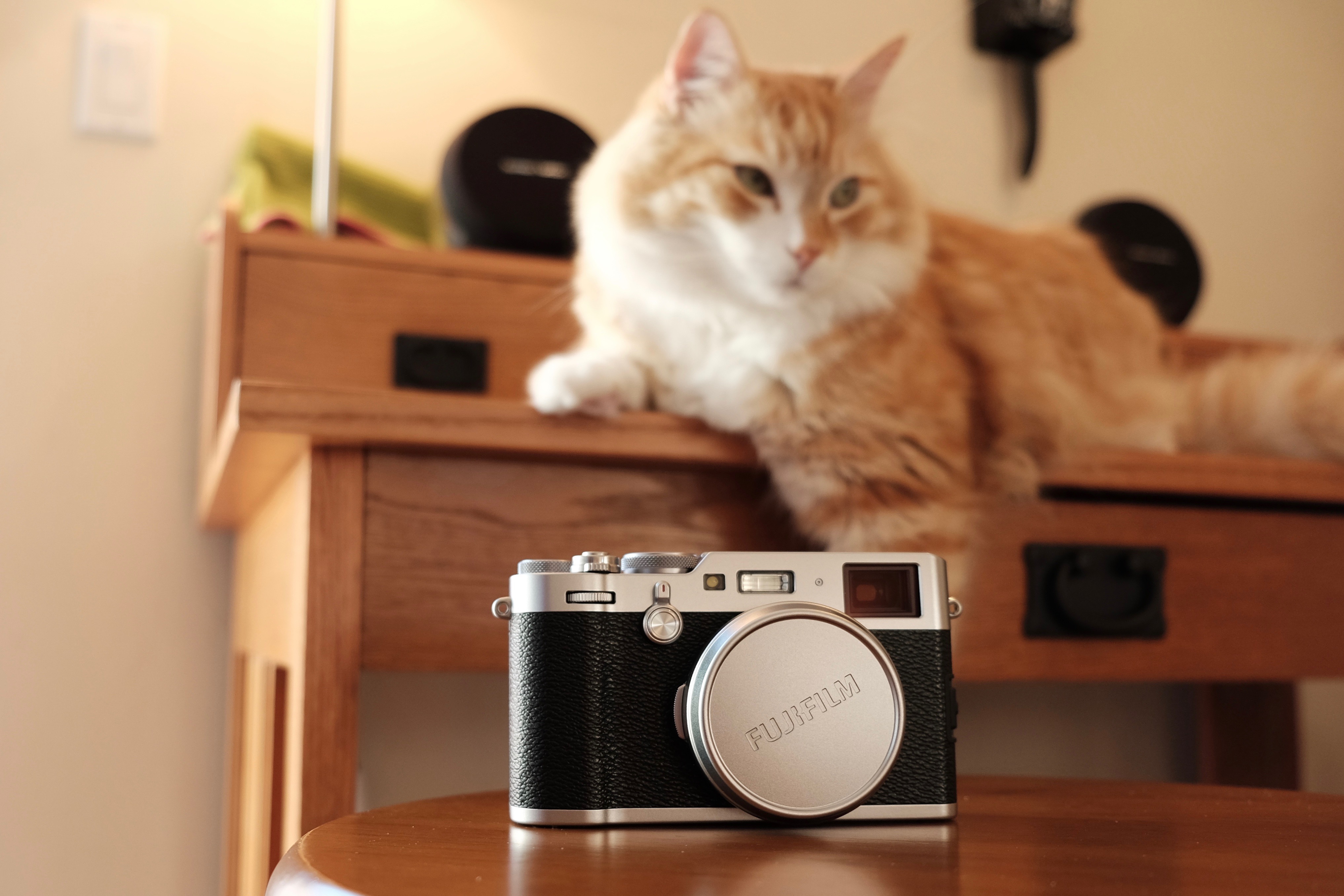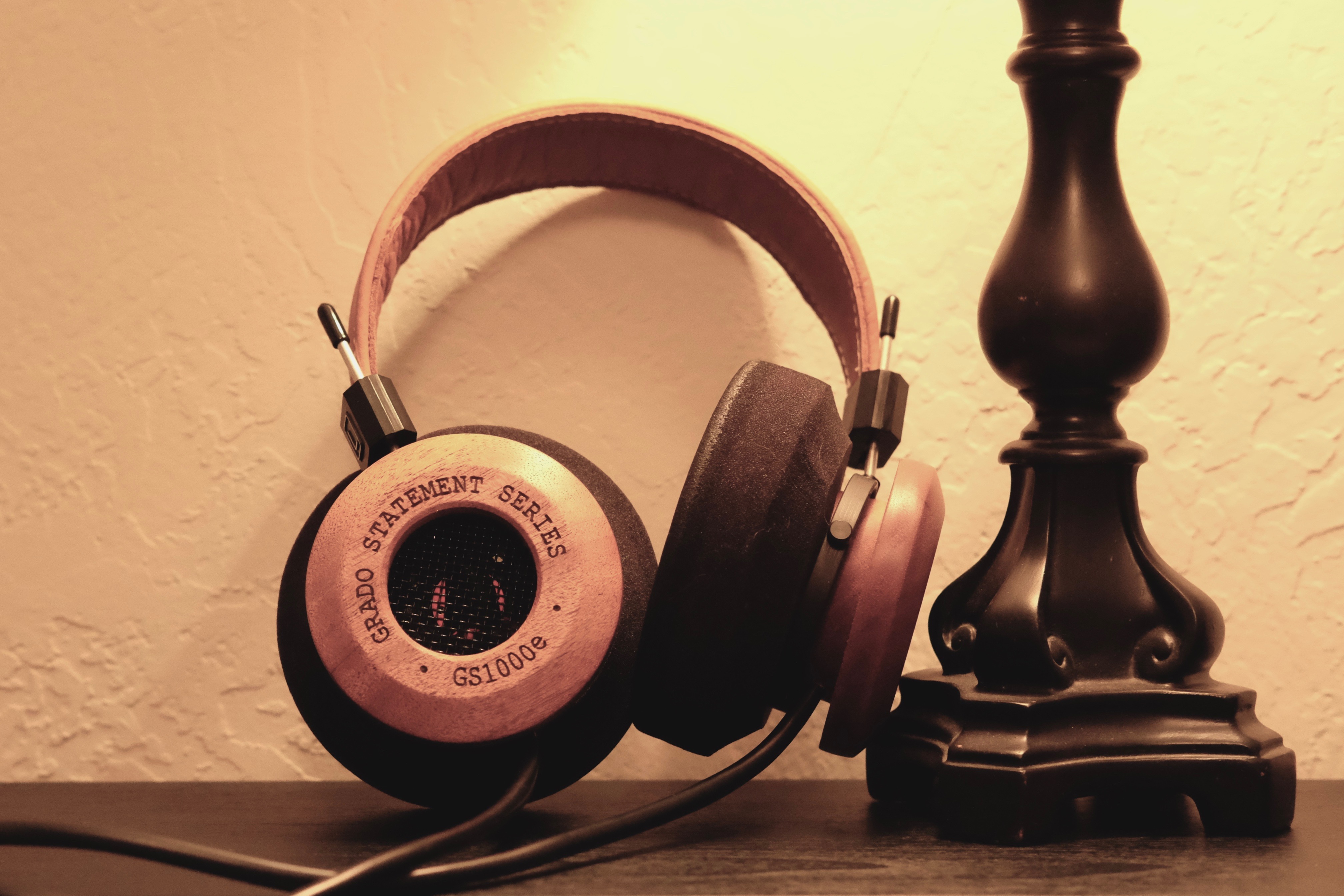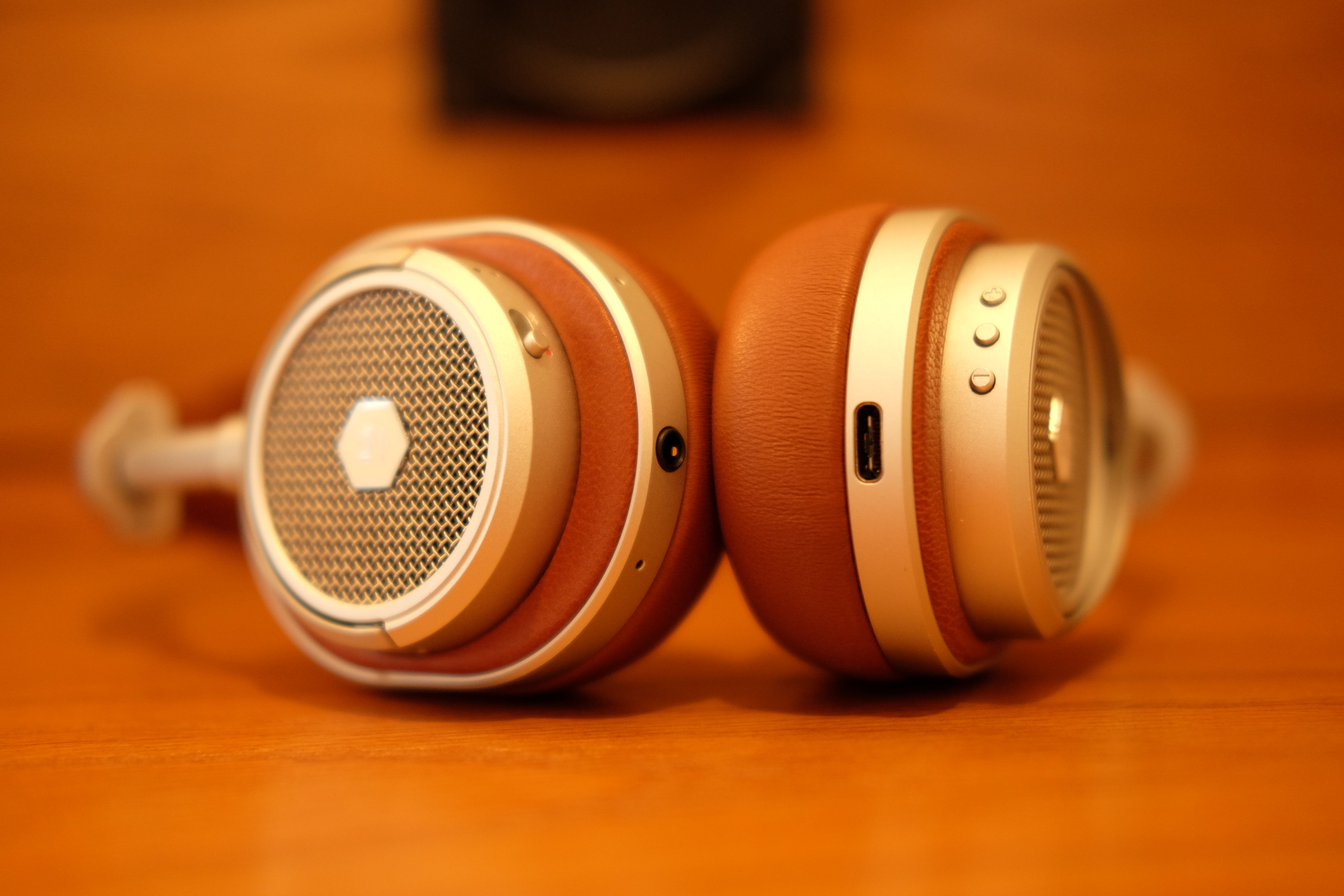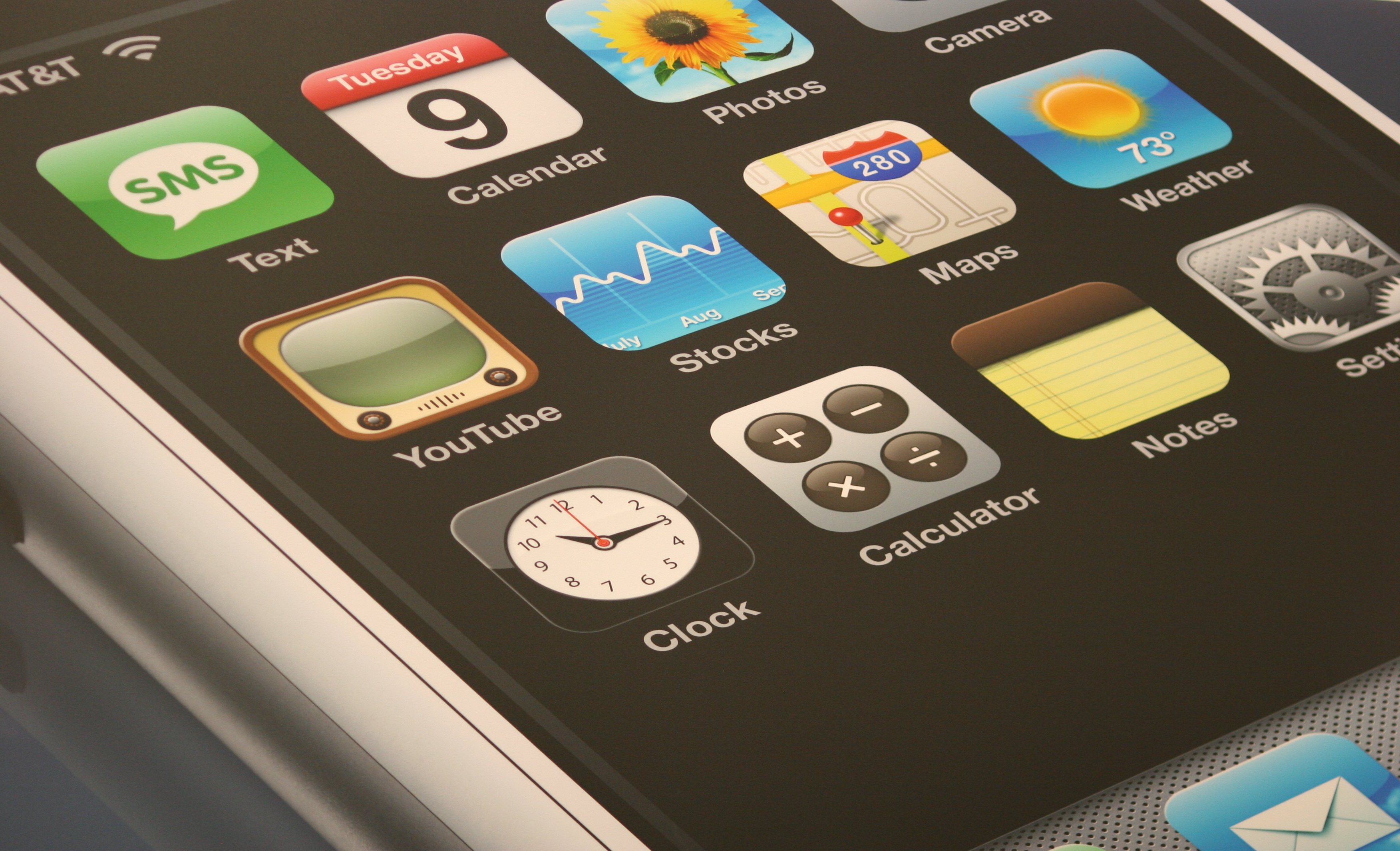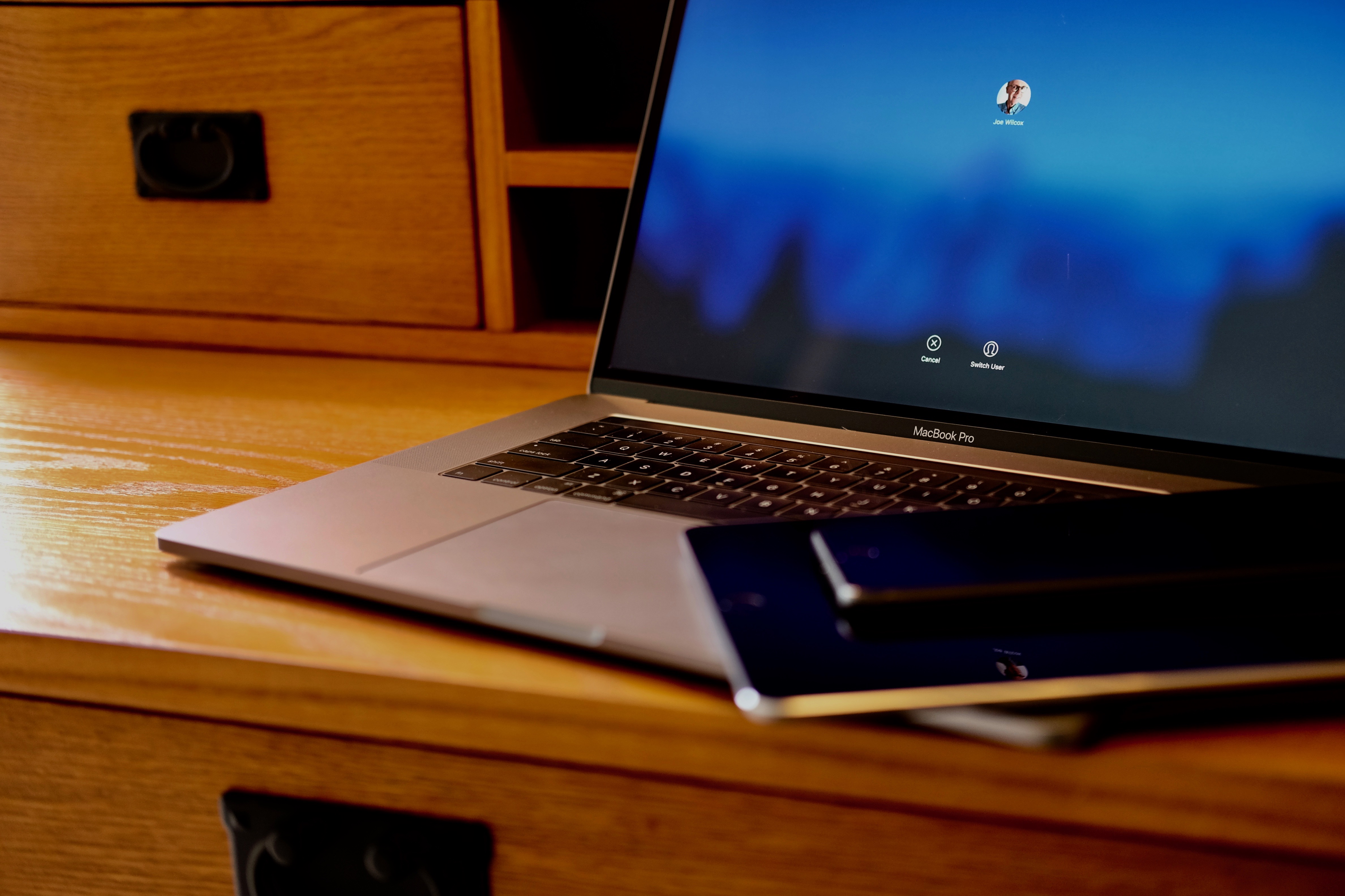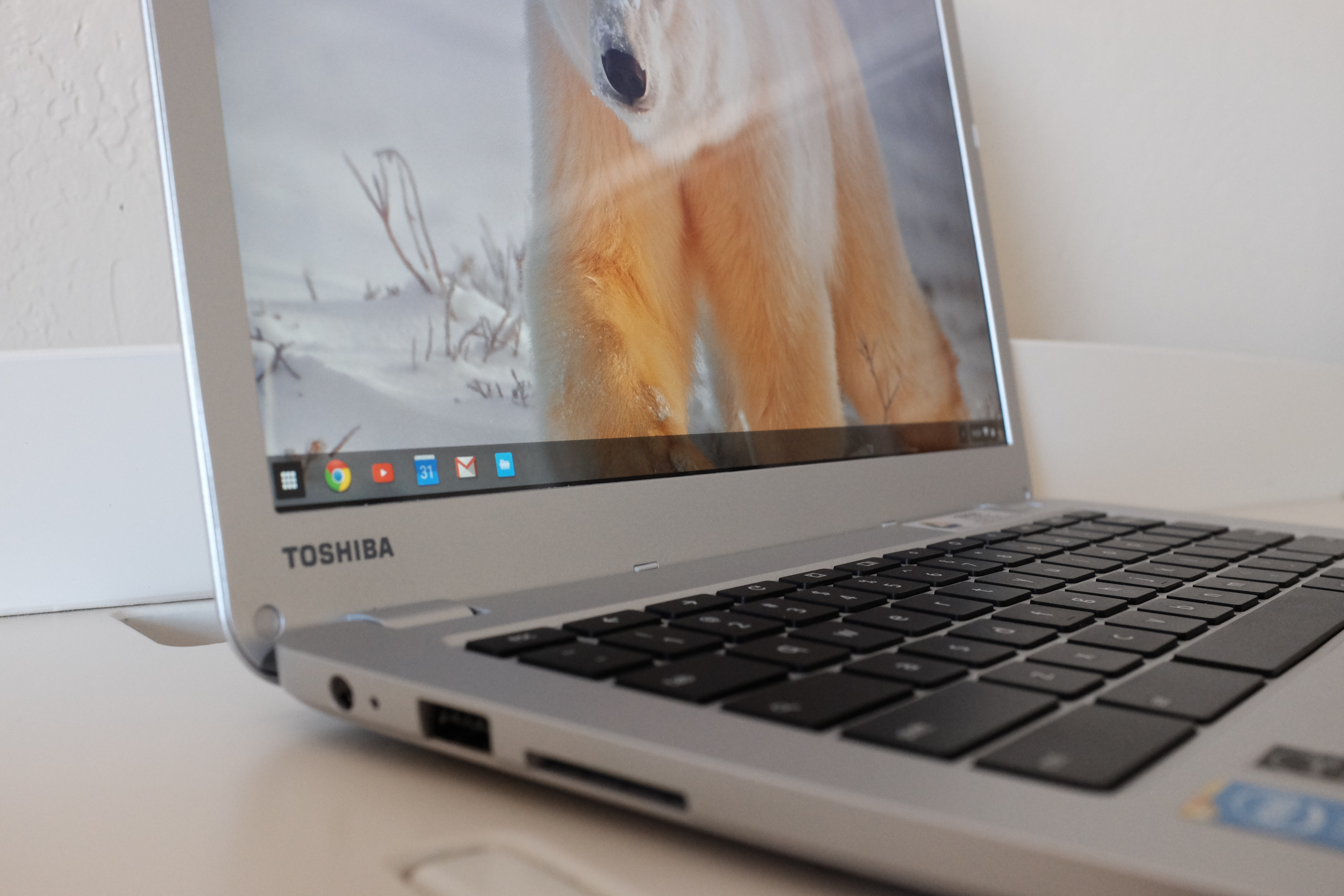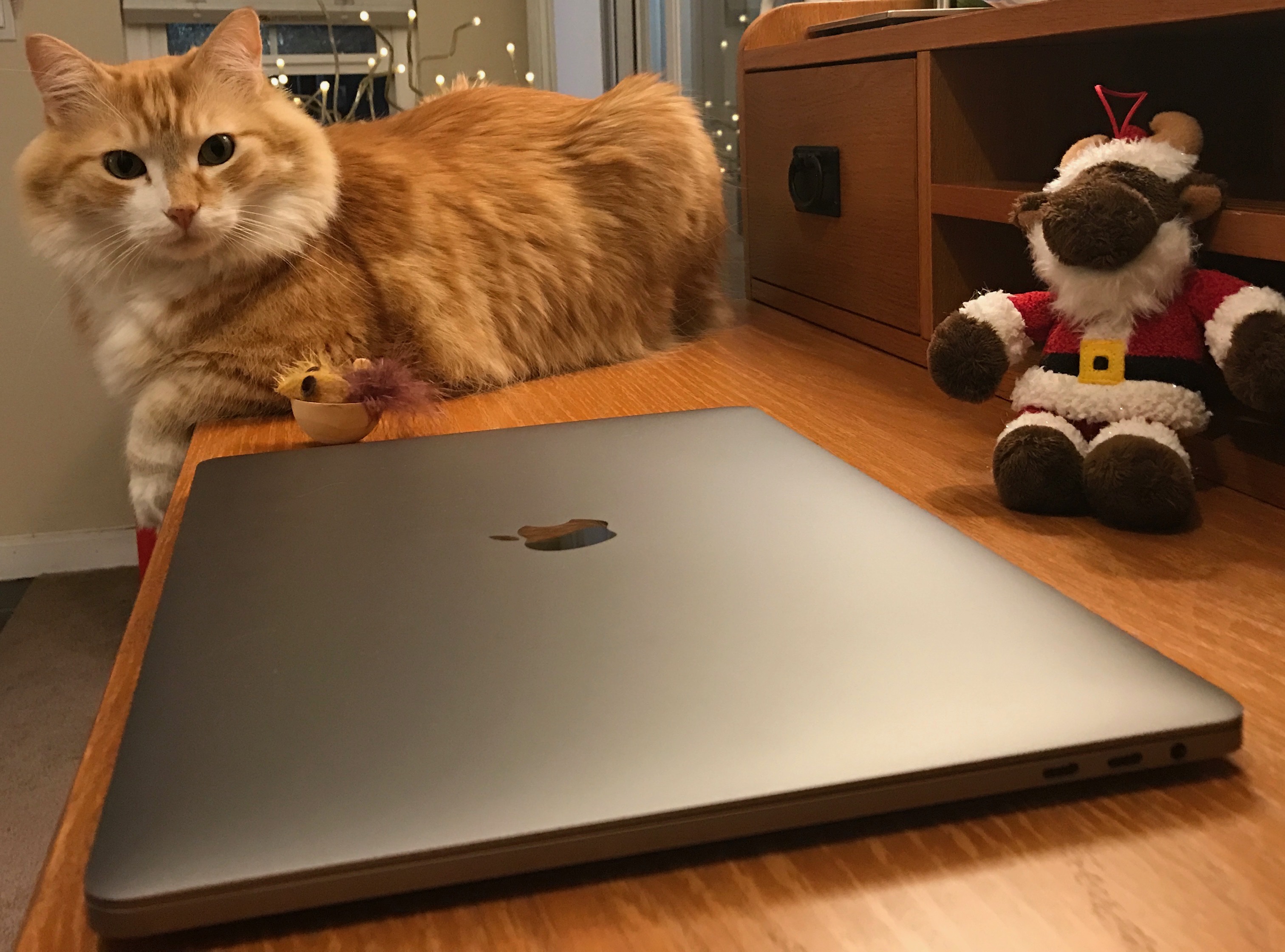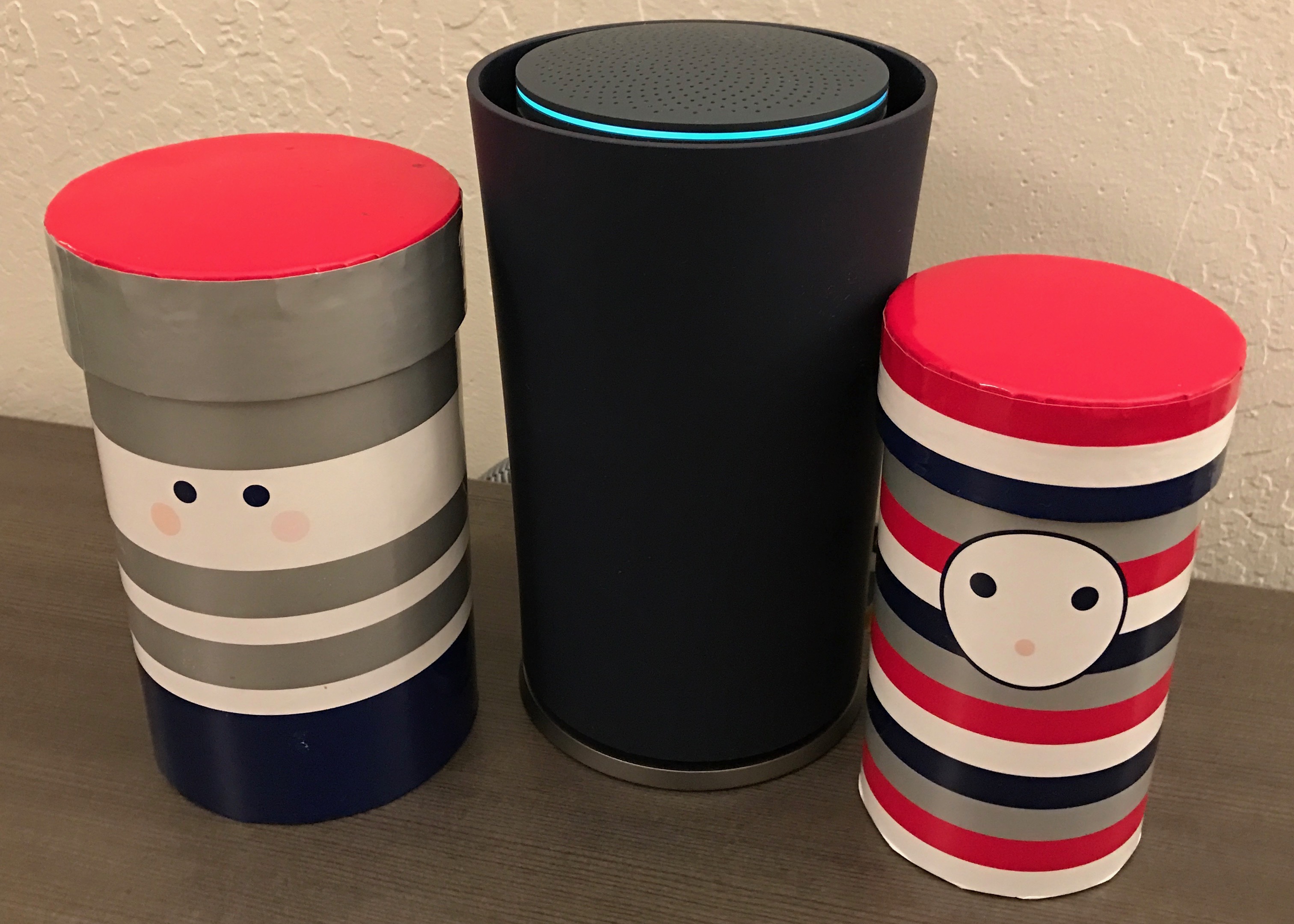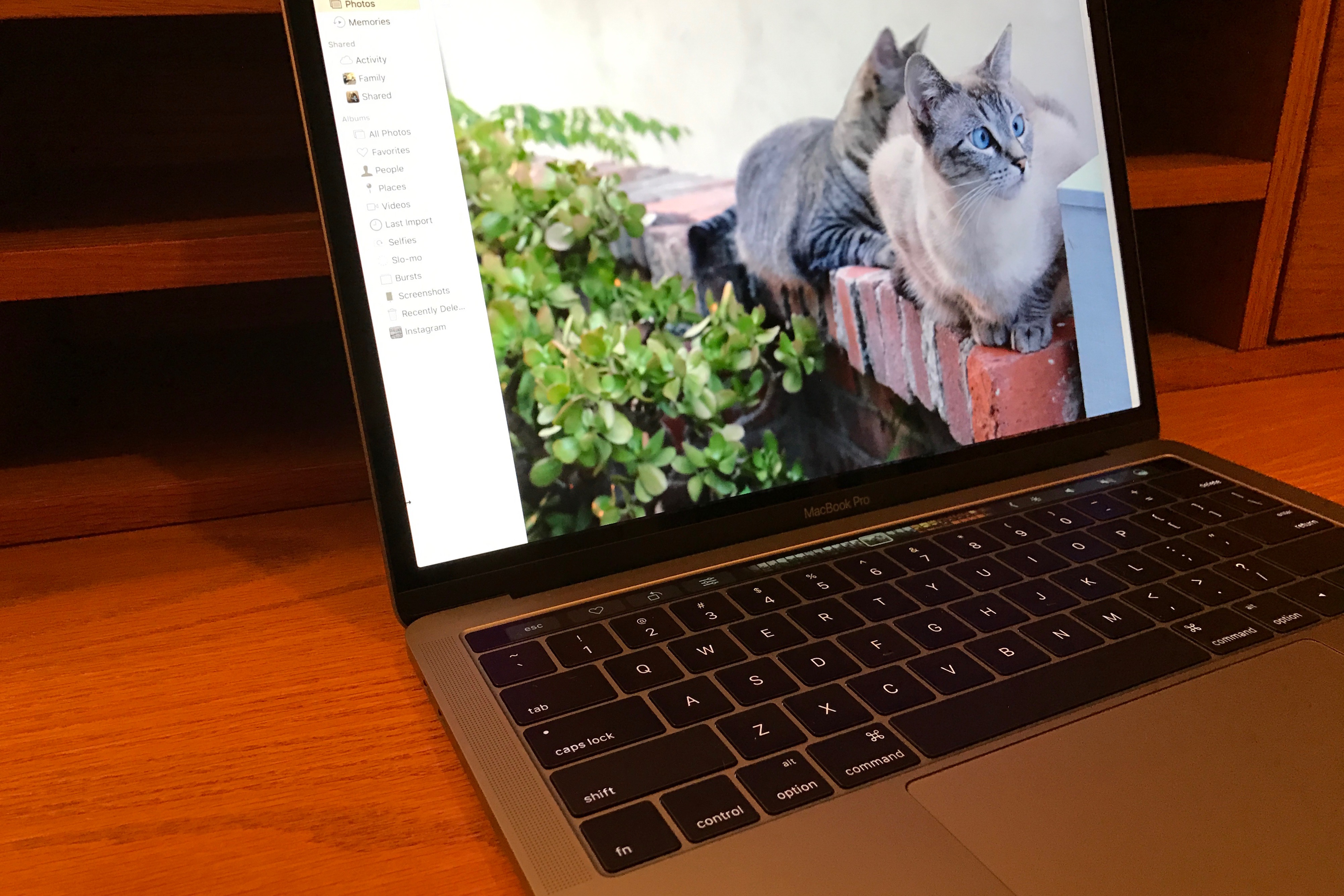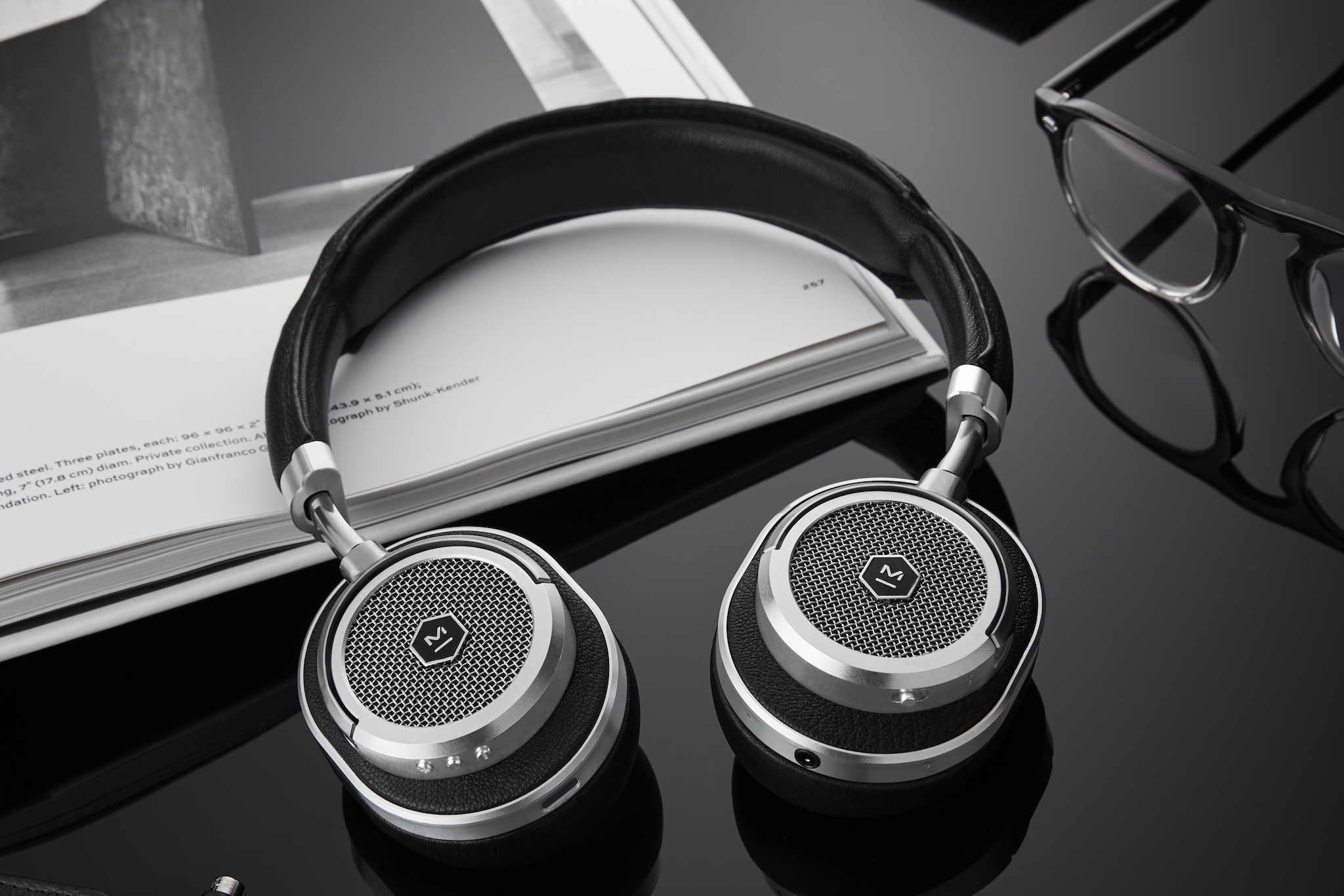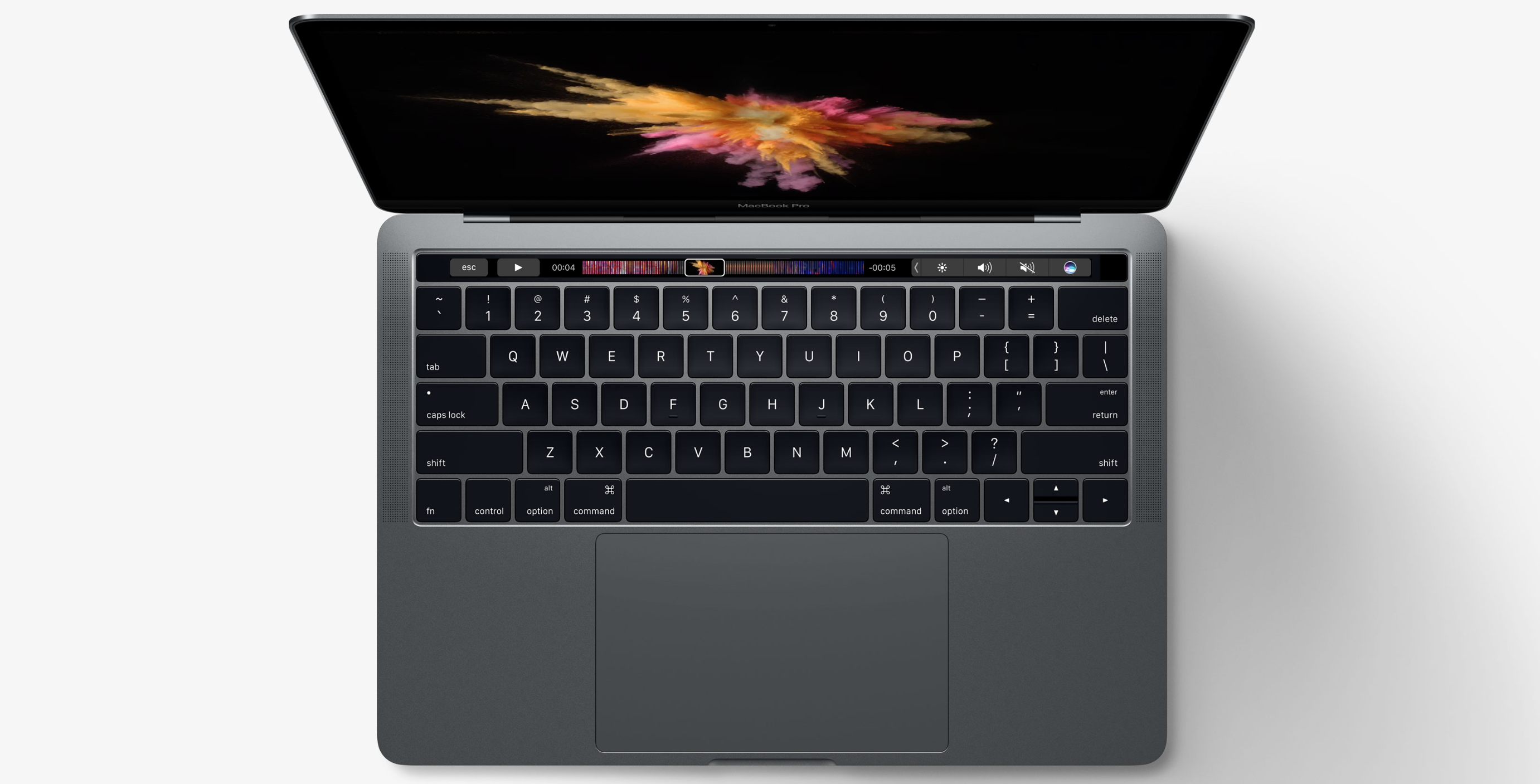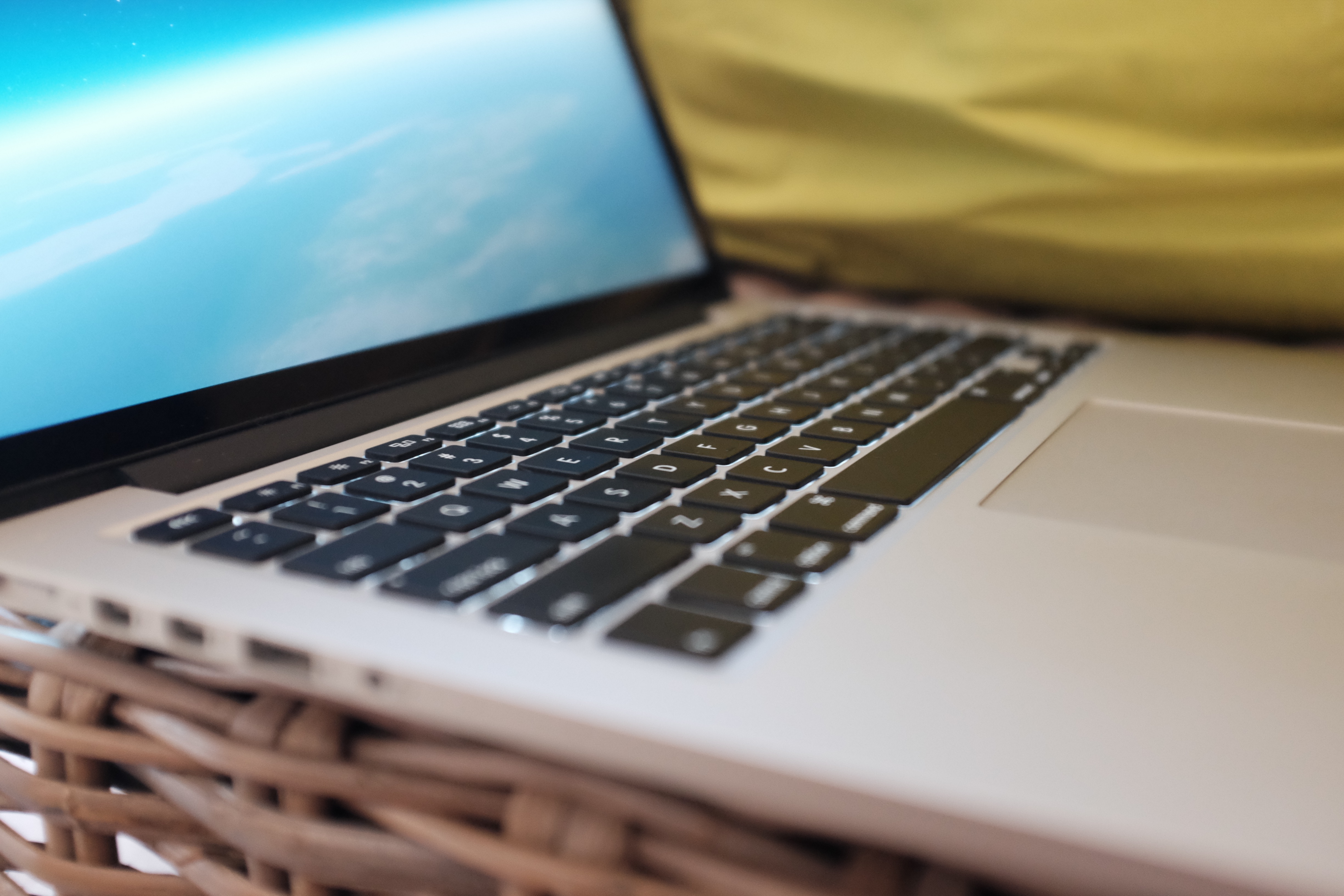Today, UPS delivered a new toy, from Wolfe’s Camera—my first acquisition there, because everywhere else was out of stock (backordered)—via Amazon. I had originally ordered the Fujifilm X100F on announcement day, Jan. 19, 2017, from Adorama, but foolishly, and accidentally, cancelled on February 16, when the digicam was supposed to release (turned out to be a week later, instead). For now, the new Fuji is companion to the X-T1, which will take secondary street photography role, as I shoot more frequently.
Passing of my father-in-law, who required lots more care than either my wife or I would admit, means more available time for other things. Creative endeavors top the list. Additionally, eye surgery last summer rejuvenated my vision, renewing interest in amateur photography and returning me to professional writing. The X100F will be a documentary tool supporting both efforts. That’s not to complain about the X-T1, which is a fantastic dSLR-like mirrorless—to be used whenever I need interchangeable lenses (there are three in my camera bag).
